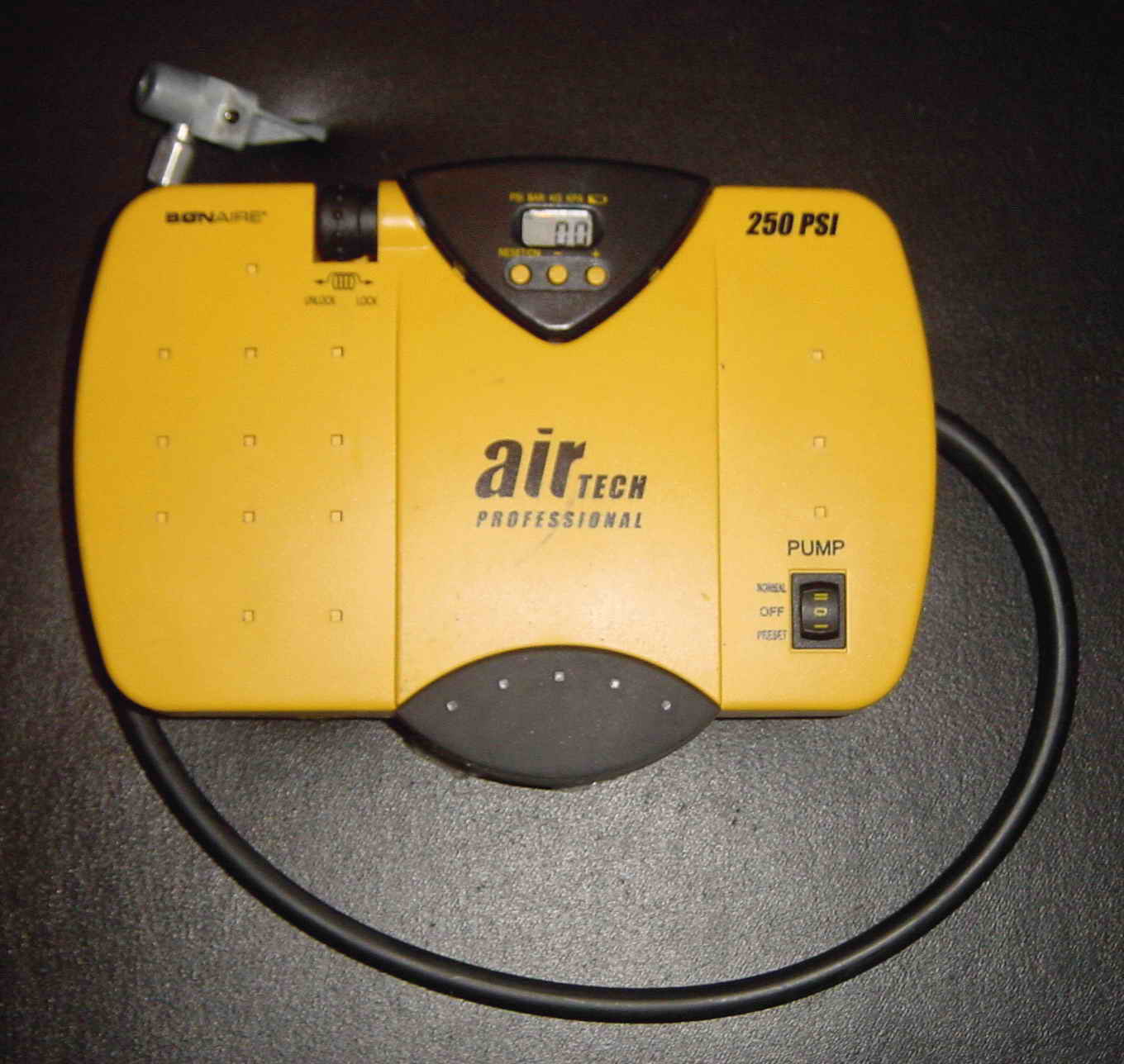
| Squak Mountain Consulting, Inc. |
Monitoring Breathing Air Pressure |
| Please visit these links to our sponsor: Amazon.com | Please visit these links to our sponsor: Amazon.com |
PLEASE READ THIS PARAGRAPH FIRST.
THIS IS REALLY DANGEROUS!!!!!!!!!! YOU COULD REALLY HURT YOURSELF!!!!
THIS INFORMATION IS PRESENTED FOR EDUCATIONAL PURPOSES ONLY.
IF YOU WANT TO MEASURE YOUR BREATHING AIR PRESSURE GET PROPER EQUIPMENT FROM YOUR DOCTOR.
You take all the responsibility for your use of this information.
There is no warranty, no support, no assurances.
There are errors in this information.
If you hurt yourself and/or others, it's your fault.
If you destroy your equipment or invalidate the warranties, it's your fault.
This disclaimer brought to you by one of the best justice systems on Earth.
This web page copyright © 2006 Squak Mountain Consulting, Inc.
1. The problem.
Ok, I use a CPAP when I sleep.
A CPAP is basically a blower / hose / mask assembly that attaches to my head
and blows air into my throat all night.
This keeps me breathing consistently while I sleep.
It's not comfortable, attractive or fun in general.
But, I have a problem breathing on my own at night.
So, using this contraption is probably going to add 20 years to my life.
So, I'm wearing this uncomfortable, ugly thing and wondering... Is it working ? And if so, how well ?
Well, the complete answer to this question is way more complex than I want to get into right now.
But, one of the partial answers is to measure the air pressure in the mask as I breathe while I sleep.
But, how to measure and record the pressure ?
I had one thing nearby that produced a digital readout of air pressure: An automotive tire inflator.
But, would it work ? :
1. Would it measure the pressure range I needed ?
2. Could I record the output ?
Question 1 was easy to answer.
I blew as hard as I could into the pressure gauge (see pic 3, below), and got 2.5 PSI.
So, I knew this thing would measure breath just fine.
I also knew that people can generate 2.5 PSI -- surprisingly difficult information to find !
But, how to attach it to a computer ? It was time to open it up...
| 1. So, here's the device. |  |
| 2. Fortunately, the pressure guage part of it... | |
| 3. unscrews and detaches easily. | |
| 4. But, this circuit doesn't have... | |
| 5. any obvious way to interface without destroying it. |